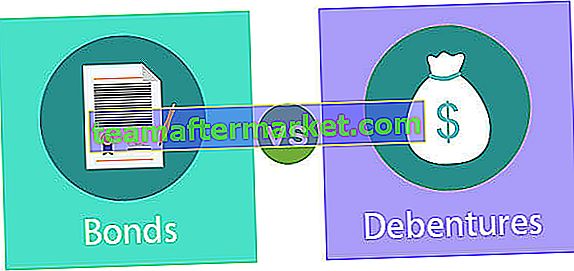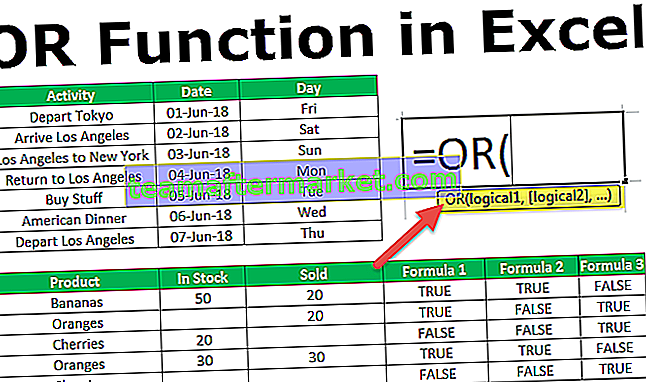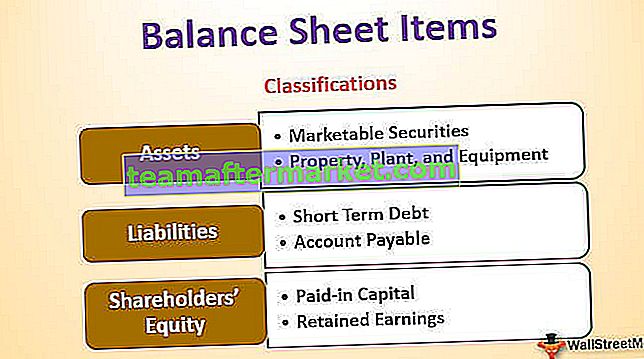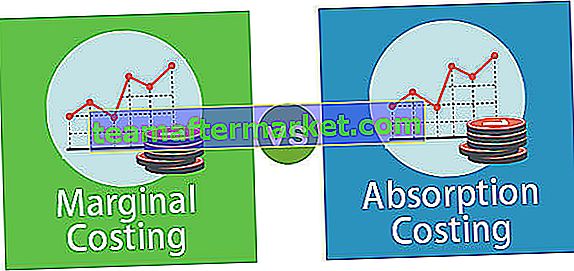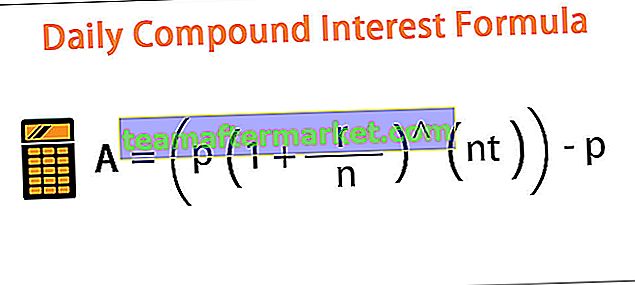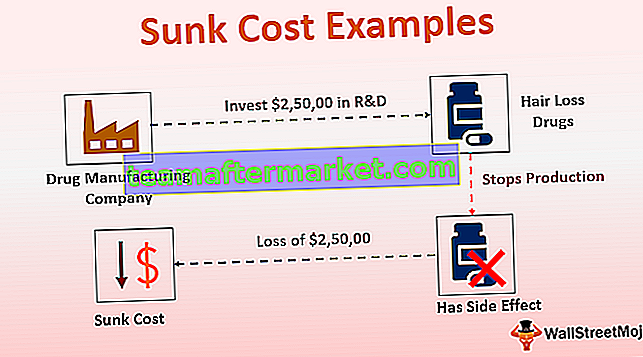What is Cost-Based Pricing?
Cost-based pricing can be defined as a pricing method in which a certain percentage of the total cost is added to the cost of the product to determine its selling price or in other words, it refers to a pricing method in which the selling price is determined by adding a profit percentage in addition to the cost of making the product.
Explanation
It is the approach to pricing, which involves the costs for producing, distributing, and selling the product by adding a fair rate of return to compensate for the efforts and risks taken by the company. It is a simple way to calculate the price of the product by calculating the total cost in which the desired profit is added to determine the final selling price.

Cost-Based Pricing Classification & Formulas
#1 – Cost-Plus Pricing
It is the simplest method of determining the price of the product. In cost-plus pricing method, affixed percentage, also called as markup percentage, of the total cost (as a profit) is added to the total cost to set the price. Say, for example, ABC organization bears the total cost of $100 per unit for producing a product. It adds $50 per unit to the product as’ profit. In such a case, the final price of the product of the organization would be $150. This pricing method is also referred to as the average cost pricing and used most commonly in the manufacturing organizations.
The formula to calculate the cost-based pricing in different types is as follows:
Price = Unit Cost + Expected Percentage of Return on Cost#2 – Markup Pricing
It refers to a pricing method in which the fixed amount or percentage of the cost of the product is added to the product’s price to get the selling price of the product. Markup pricing is more common in retailing in which a retailer sells the product to earn a profit. For example, if a retailer has taken a product from the wholesaler for $100, then he might add up a markup of $50 to gain a profit.
Price = Unit Cost + Markup PriceWhere,
Markup Price = Unit Cost / (1-Desired Return on Sales)#3 – Break-Even Cost Pricing
In the case of Break-even Pricing, the company aims at maximizing contribution towards the fixed cost. This is relevant, particularly in the industries that involve high fixed costs like the transport industry. Here, the level of sales which will be required to cover relevant variable and fixed cost will be determined.
Price = Variable cost + Fixed Costs / Unit Sales + Desired Profit#4 – Target Profit Pricing
In this case, prices are set to target the specific level of profits or returns it wants to earn on an investment.
Price = (Total Cost + Desired Percentage of Return of Investment) / Total Units SoldExamples of Cost-Based Pricing
A company sells goods in the market. It sets the price on the basis of cost-based pricing. The variable cost per unit is $200, and the fixed cost per unit is $50. Profit markup is 50% on cost. Calculate the Selling price per unit.
Here, the selling price will be calculated on the basis of cost-plus pricing.

This $ 375 will be the price floor.
Importance
Chaque organisation vise à réaliser un profit dans l'entreprise qu'elle entreprend. Le profit est déterminé par le prix de vente de son produit ou service. Ce ne sont pas toujours des profits plus importants. La demande d'un produit à chaque niveau de prix est également importante pour déterminer les revenus générés et les bénéfices.
Différences entre la tarification basée sur les coûts et la tarification basée sur la valeur
Les différences entre la tarification basée sur les coûts et la tarification basée sur la valeur sont les suivantes:
| Base | Tarification basée sur les coûts | Prix fondé sur la valeur | ||
| Concentrer | Il se concentre sur la situation de l'entreprise lors de la détermination du prix. | Il se concentre sur les clients lors de la détermination du prix. | ||
| Des prix | Il prix entre le prix plancher et le prix plafond; Les conditions du marché déterminent où, entre le plancher et le plafond, l'entreprise fixe le prix. | S'il est utilisé, l'entreprise fixe ses prix dans une fourchette déterminée par ce que les clients sont prêts à payer. Généralement, le prix est plus élevé. | ||
| Avantages | Il en résulte des prix compétitifs. Les entreprises qui utilisent cette stratégie attireront probablement les consommateurs qui recherchent des produits et des services bon marché. | Il génère souvent des bénéfices élevés sur chaque article vendu, mais certains consommateurs peuvent ne pas être disposés à payer le prix élevé et à acheter auprès d'un concurrent. |
Avantages
- Une stratégie simple et directe;
- Assurer un taux régulier et constant de génération de profits;
- Il trouve le prix du produit personnalisé qui a été fabriqué selon les spécifications de l'acheteur unique;
- Trouver le coût maximum possible de fabrication du produit admissible si le prix de vente final est fixe.
Désavantages
- Cela peut conduire à des produits sous-évalués.
- Il ignore les coûts de remplacement.
- Dépassements des coûts du contrat.
- Dépassements des coûts des produits.
- Cette approche peut ignorer le coût d'opportunité de l'investissement.
- Cette approche peut parfois ignorer le rôle du consommateur sur le marché global.
Conclusion
Ainsi, la tarification basée sur les coûts peut être appelée méthode de tarification qui calcule le prix du produit en calculant d'abord le coût du produit dans lequel le profit souhaité est ajouté, et le résultat est le prix de vente final.


